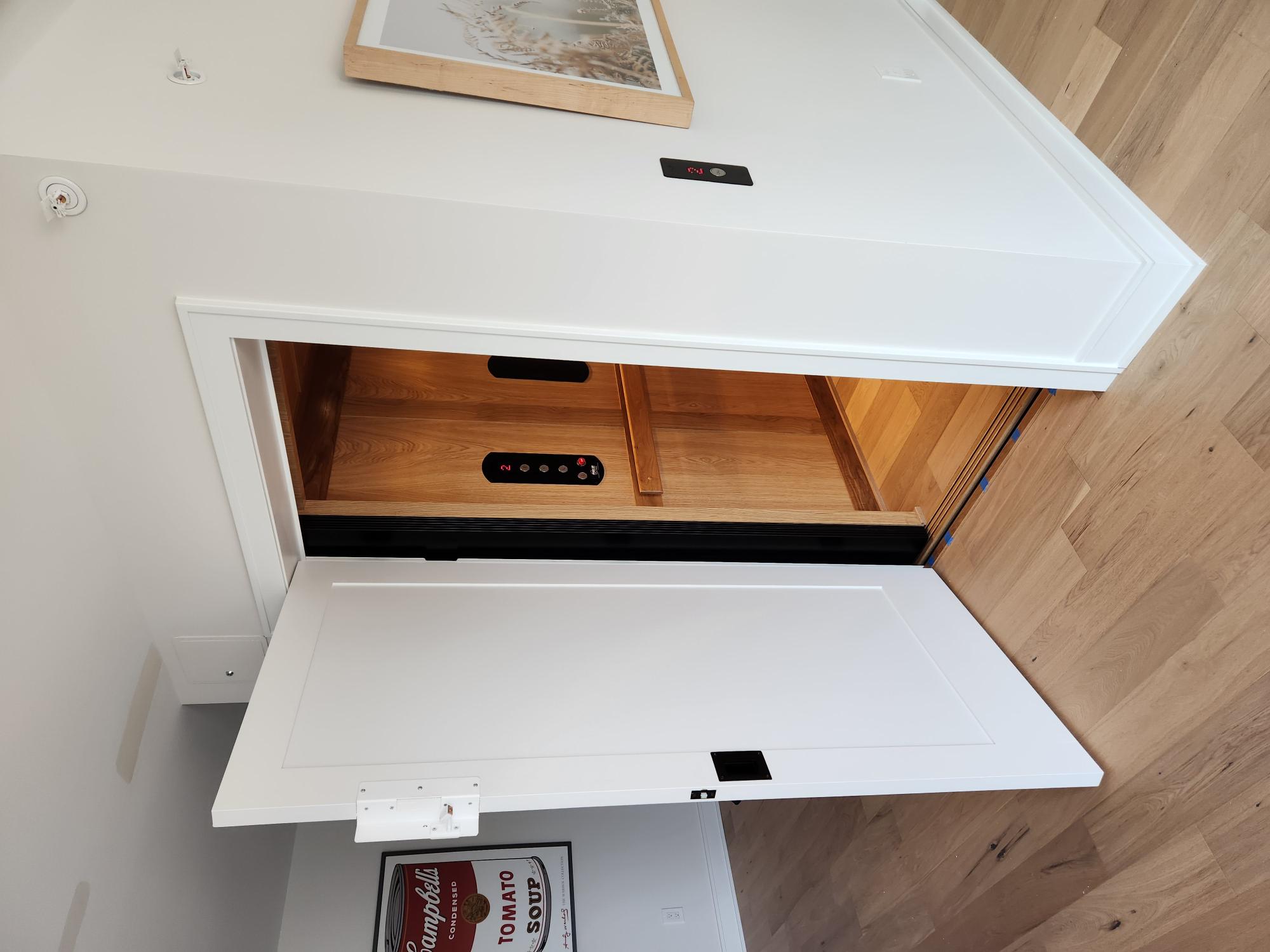Discover the most effective Disabled Platform Lifts Prices UK for Residential and Commercial Use
Discover the most effective Disabled Platform Lifts Prices UK for Residential and Commercial Use
Blog Article
Exploring the World of Lifts: Typical Problems Encountered by Different Lift Systems
As we browse with the upright transportation systems of modern structures, elevators stick out as a vital part of our every day lives. However, behind their smooth procedure lies a globe of elaborate devices that can occasionally come across challenges. From hydraulic elevators to grip systems and machine-room-less layouts, each lift type features its set of common concerns. Comprehending these difficulties is crucial for guaranteeing the smooth performance of these crucial systems. Let's explore the complexities that underlie the operation of elevators and the potential concerns that can occur, clarifying the elaborate internet of lift systems.
Hydraulic Elevators
Hydraulic elevators, frequently favored for low-rise buildings, utilize fluid pressure to control the activity of the lift vehicle (lift repair companies). This device entails a hydraulic pump pressing oil right into a cylinder, causing the elevator to move in the preferred direction. While hydraulic lifts are recognized for their quiet and smooth procedure, they do include their very own collection of usual concerns
One common problem with hydraulic elevators is oil leakage. Additionally, concerns with the control system, such as malfunctioning valves or a malfunctioning pump, can trigger interruptions in the lift's motion.
Routine maintenance and prompt repairs are important to guarantee the smooth functioning of hydraulic lifts. By addressing these typical problems proactively, building proprietors can minimize downtime and ensure the safety and security and performance of their upright transportation system.
Traction Elevators
When thinking about vertical transport systems in buildings, another common kind apart from hydraulic elevators is the traction elevator. Grip elevators run making use of a system of ropes and counterweights that relocate the elevator cars and truck by clutching onto the hoist ropes. This system permits smoother and much faster upright transportation contrasted to hydraulic systems.
One of the typical issues dealt with by traction lifts is rope wear. The consistent movement of the ropes within the grip system can result in tear and wear over time, potentially triggering the elevator to malfunction or end up being risky for usage. Routine assessments and maintenance of the ropes are important to make certain the lift's proper performance and safety.
One more problem that traction lifts might encounter is connected to the control system. Problems with the control system can result in issues such as erratic movement, hold-ups in feedback times, and even total shutdowns. Regular screening and maintenance of the control system are critical to protect against such concerns and make certain the lift's reliability.
Machine-Room-Less (MRL) Lifts

One of the crucial elements of MRL lifts is the we maintain lifts compact gearless traction equipment that is mounted within the hoistway. This device efficiently drives the lift vehicle without the need for bulky tools located in traditional traction lifts. Additionally, MRL elevators usually use a weight system to stabilize the car, further boosting their power efficiency.
In spite of their benefits, MRL elevators may deal with challenges associated with repair and maintenance as a result of the constrained space for equipment setup. Access for servicing parts within the shaft can be restricted, requiring specialized training for professionals. Correct upkeep routines and routine evaluations are important to make certain the ongoing smooth operation of MRL lifts.
Overloading and Weight Limit Issues
Overloading and weight limitation problems are important concerns in lift procedures. Lift manufacturers layout lifts with particular weight capabilities to guarantee traveler safety and tools durability.
When lifts are strained, it places too much stress on the electric motor, cables, and other elements, possibly causing malfunctions or breakdowns. If they detect excess weight, security devices such as sensing units and overload sensors are in area to protect against elevators from moving. Additionally, surpassing weight limitations can bring about boosted energy usage and deterioration on the lift system.
To alleviate overloading concerns, constructing managers need to prominently show weight limits in see here now elevators and educate residents on the relevance of sticking to these restrictions - Get More Information lift repair companies. Routine upkeep checks by certified service technicians can also help make sure that lifts are running within secure weight criteria. By addressing overloading and weight restriction concerns proactively, structure proprietors can improve lift safety and security and effectiveness
Electric System Failings
Exceeding weight limitations in lifts can not just lead to mechanical issues however additionally potentially add to electrical system failings within the lift framework. Electric system failures are a vital issue in lift operation, as they can trigger unforeseen shutdowns, breakdowns, or even safety dangers.
Routine maintenance and examinations are crucial to recognize and deal with possible electric problems immediately, guaranteeing the effective and secure procedure of lift systems. By adhering to weight limitations and carrying out regular electric system checks, building proprietors can minimize the threat of electrical failings in elevators.
Verdict

Hydraulic elevators, frequently preferred for low-rise structures, utilize fluid stress to control the activity of the elevator vehicle.When considering upright transport systems in buildings, one more common type aside from hydraulic elevators is the traction elevator. Grip elevators run utilizing a system of ropes and weights that relocate the lift auto by grasping onto the hoist ropes. Unlike conventional lifts that call for a separate device area to house the tools, MRL lifts integrate many of the components within the shaft, removing the demand for a committed device area.In verdict, elevators face usual concerns such as hydraulic breakdowns, grip system failures, and electrical system issues.
Report this page